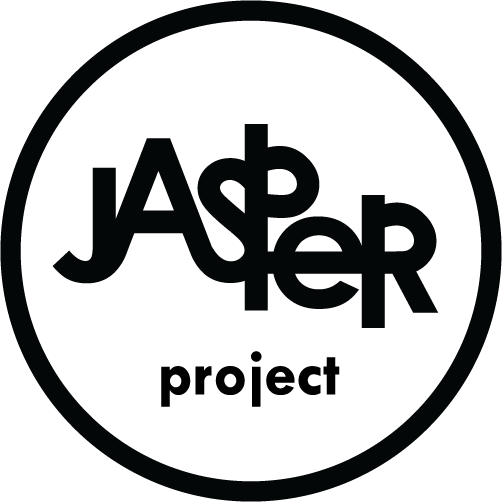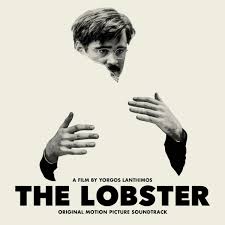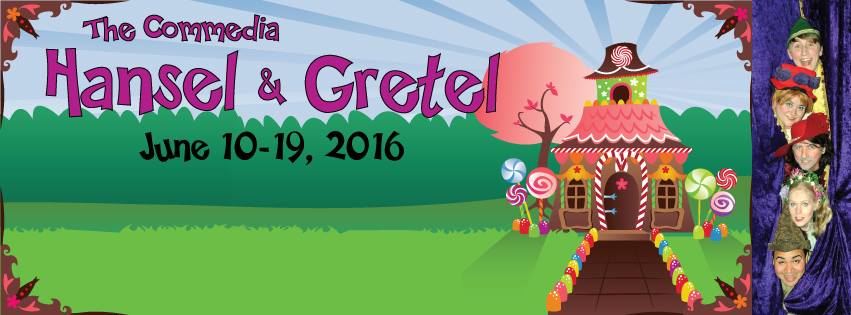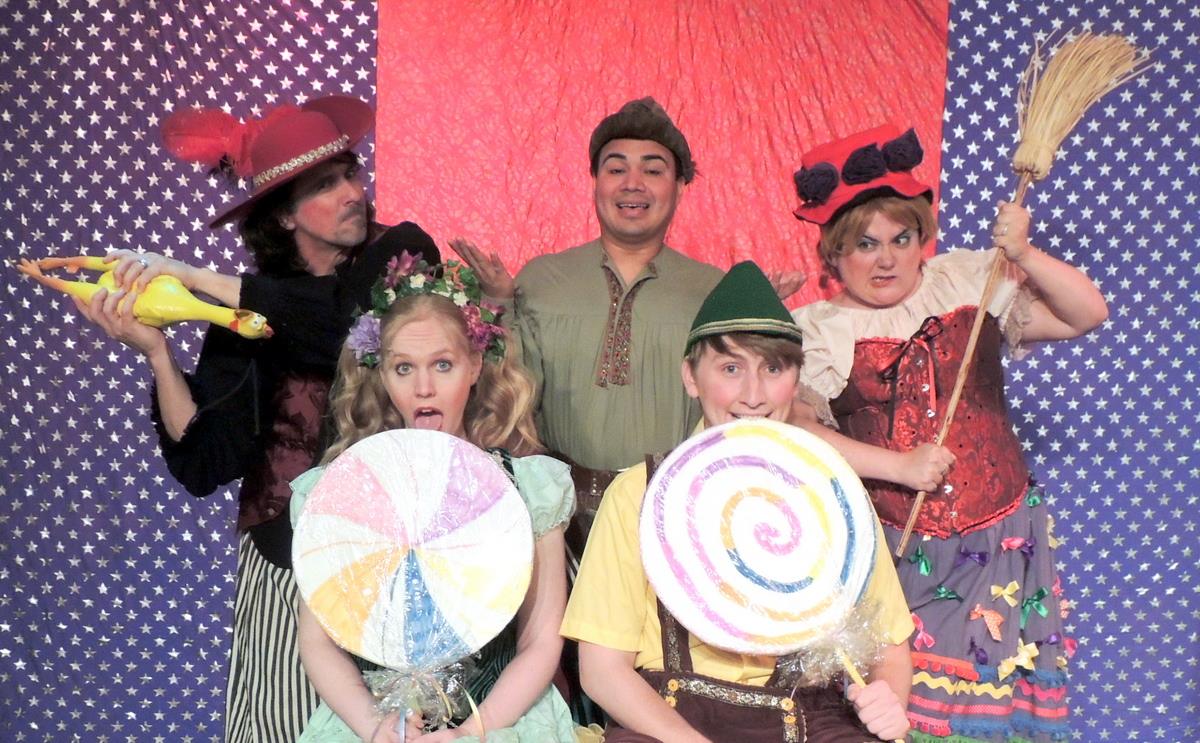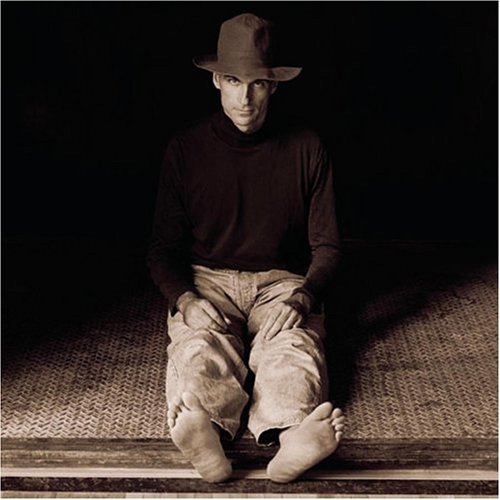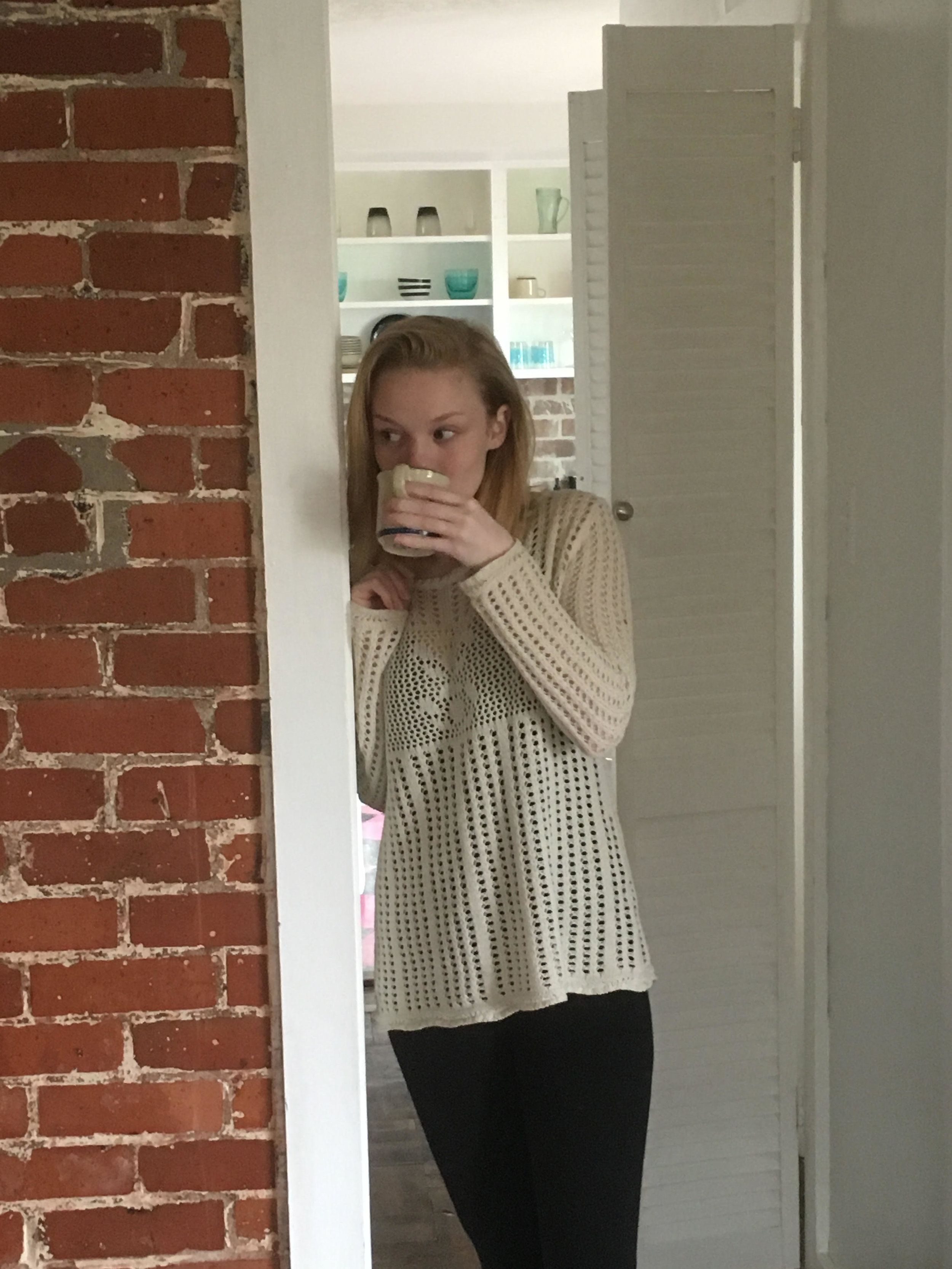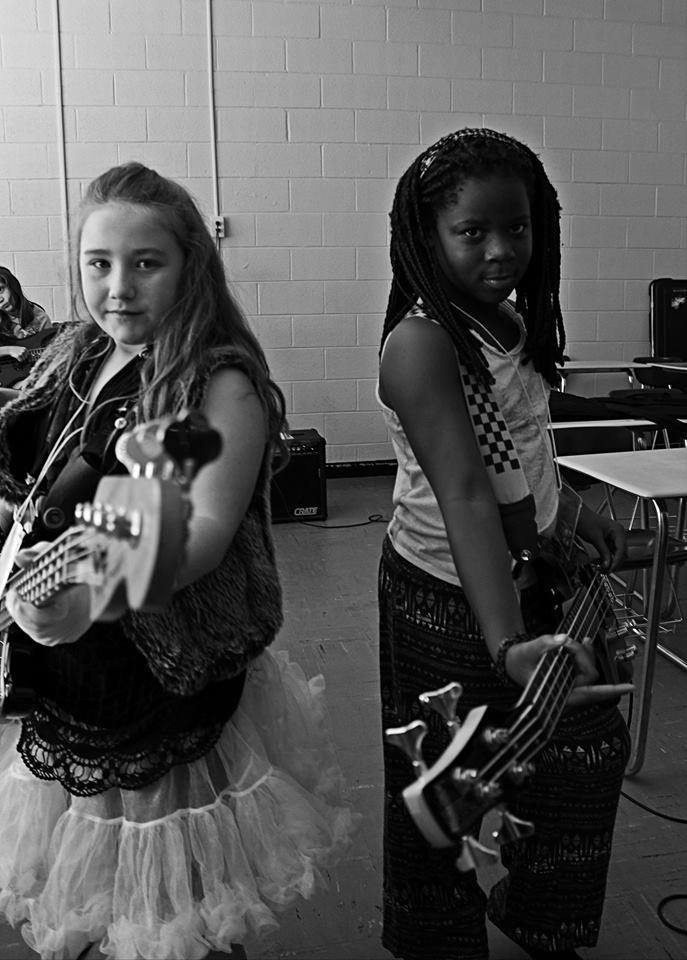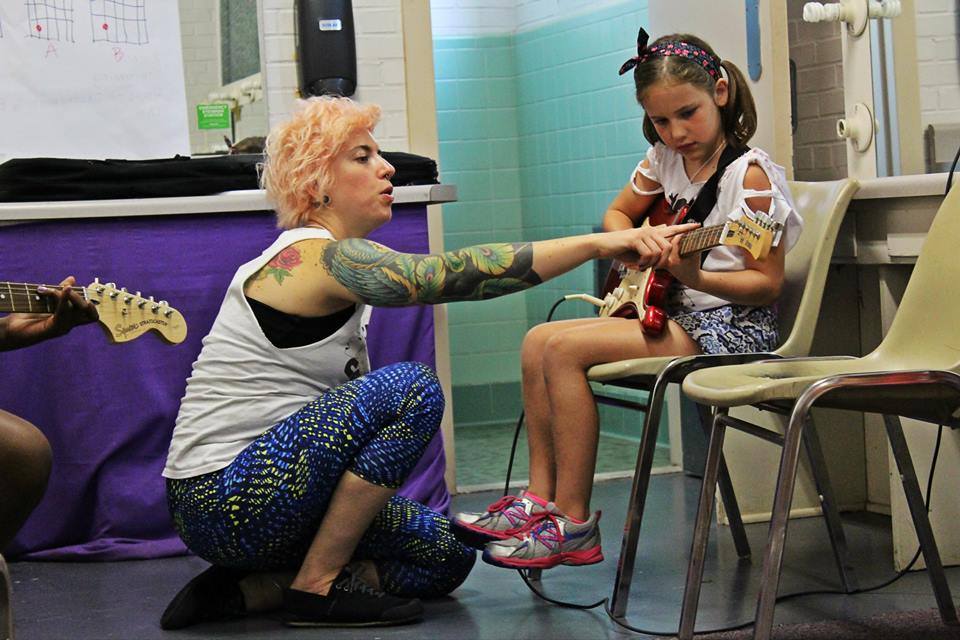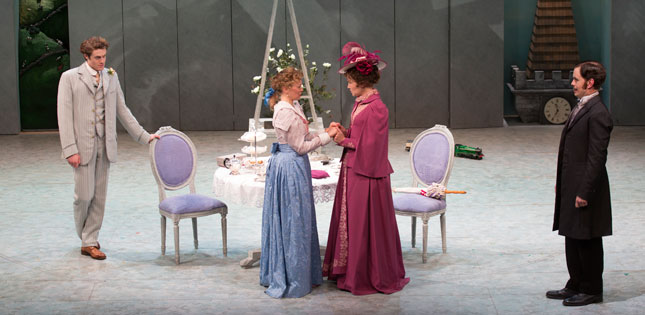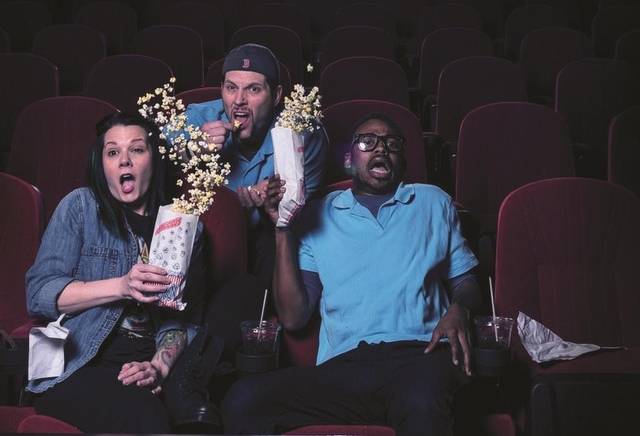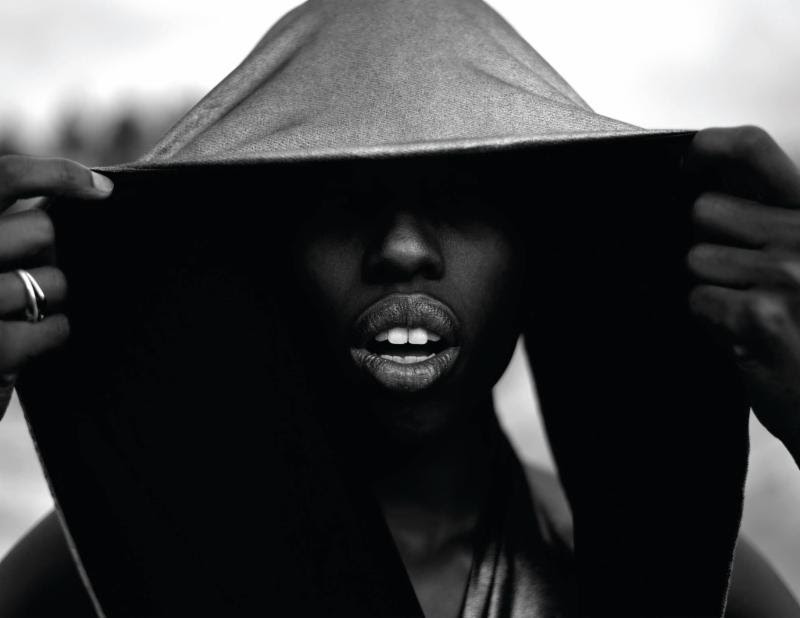“I stood in front of the fence on tiptoe and peered through the broken slat. All kinds of indistinct memories collided. Vacant lots skinned knees train yards mystical hobos forbidden yet wondrous dwellings of mythical junkyard angels” (Smith 136).
M Train (Alfred A. Knopf, 2015), the latest book from acclaimed musician and poet Patti Smith, takes readers on a dreamlike journey of her adult life, chronicling both the profound and the mundane. Throughout, Smith manages to elevate her grounded, daily routine of drinking black coffee into a ritual that serves as a stepping-stone to ethereal destinations encompassing her past, present, and future.
Documenting trips across the globe, Smith constructs a portrait of her intensely private yet at the same time professional life, from the early stages of her marriage to Fred “Sonic” Smith – including an account of their trip to an abandoned penal colony in French Guiana in homage of Jean Genet – to her pilgrimages to the burial sites of esteemed authors and artists.
While Smith continues to enjoy success in the professional field, M Train provides readers with an intimate depiction of her private existence, leaving few quirks behind. Yet while she portrays herself as an artistic recluse of sorts, her curiosity and wanderlust takes her in many directions, including Casa Azul, the former home of Diego Rivera and Frida Kahlo; the Tokyo graves of authors Akutagawa and Dazai; and, the New York landscape of the Rockaway Beach boardwalk, where she purchases an abandoned bungalow just before Hurricane Sandy strikes.
Combined with the central role of memories and dreams, M Train incorporates both prose and poetry-laden accounts of Smith’s sundry encounters with friends, acquaintances, locations, and objects. Whether unveiling imaginary or real-life occurrences, M Train absorbs the reader from the start, weaving a tapestry of philosophical and geographical quips unique to Smith. “I had a black coat,” Smith writes. “A poet gave it to me some years ago on my fifty-seventh birthday. It had been his --- an ill-fitting, unlined Comme des Garçons overcoat that I secretly coveted” (160). She continues, “Every time I put it on I felt like myself…The pockets had come unstitched at the seam and I lost everything I absentmindedly slipped into their holy caves…I loved my coat and the café and my morning routine. It was the clearest and simplest expression of my solitary identity” (160). Smith’s effort to understand and forge her own identity remains one of the most prominent themes throughout this book.
While the topics in M Train, including Smith’s black coat and her obsession with obscure cafés, detective shows, and deceased authors, each serve as personal anecdotes, the stories transcend her individual life to strike universal chords relatable to readers, ranging from the drudgery and pleasure derived from daily routines or losing precious belongings in airports or torn pockets, to weathering great storms, reconnecting and reminiscing with friends, and learning to cope with life’s tragedies.
A hybrid of poetry, prose, and photography, M Train exposes both the surreal and real, while Smith transforms the reader into a confidante who can share these experiences with her. Throughout this book, Smith reveals that she is more than a rock star – she’s an artist, mother, wife, daughter, sister, muse, and inspirer. M Train exemplifies her efforts to come to terms with the mysteries of life, while her own trajectory through it all draws upon experiences in the personal and public arena. Most importantly, Smith’s experiences lend M Train a philosophical dimension seldom found within celebrity culture.
